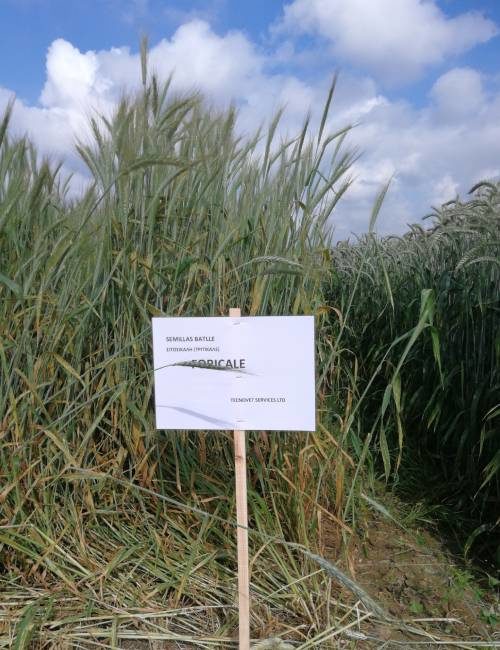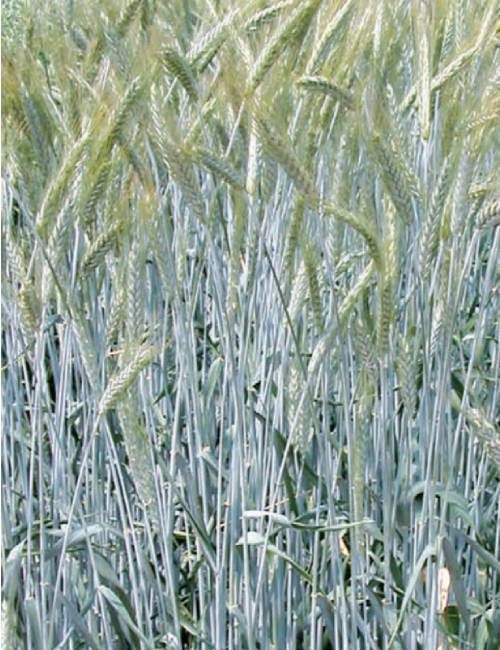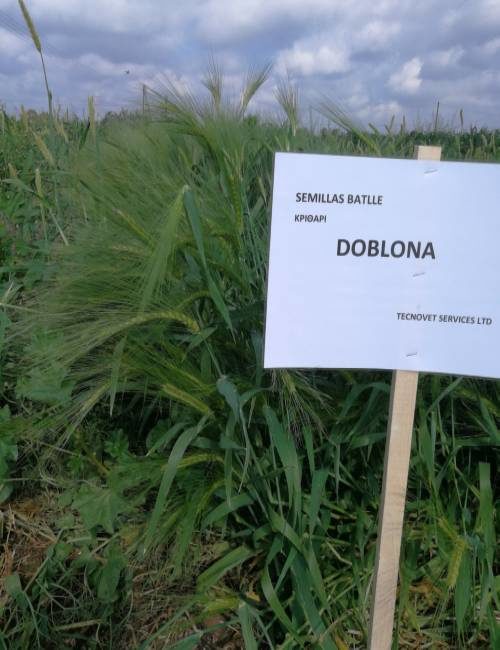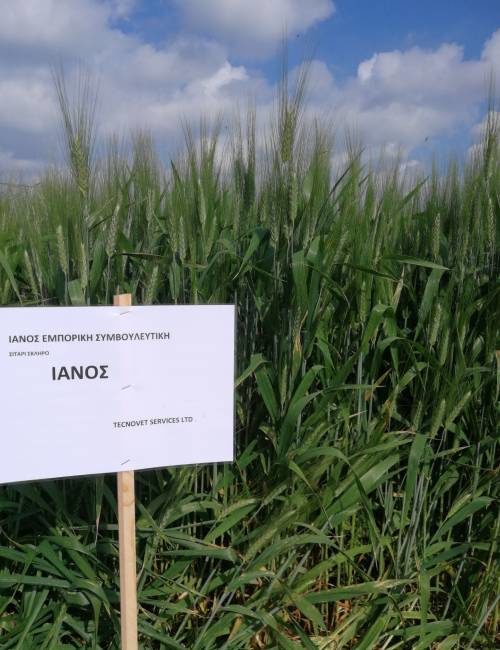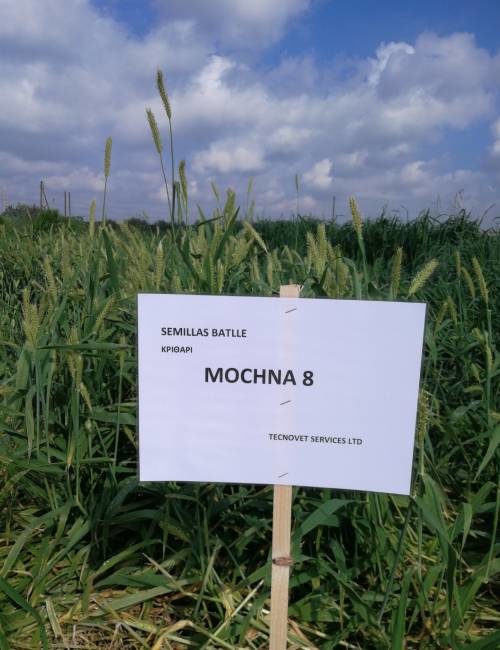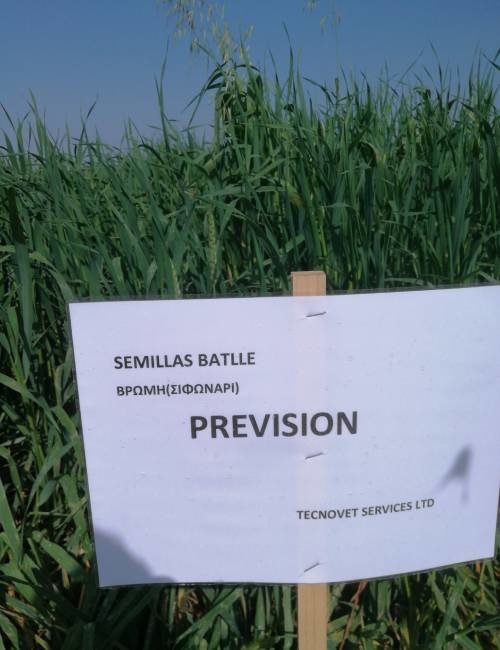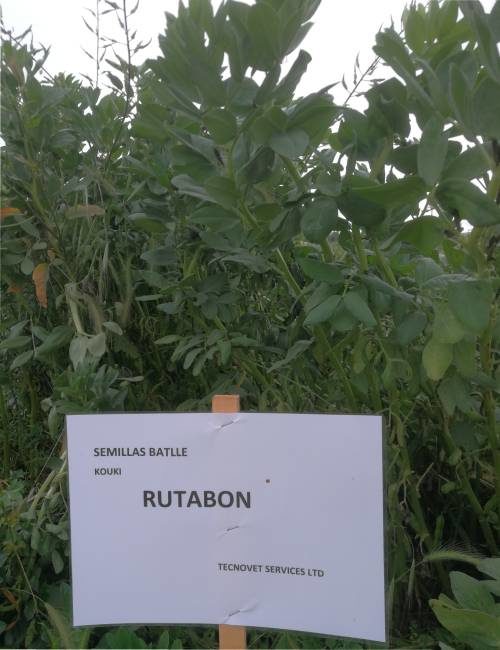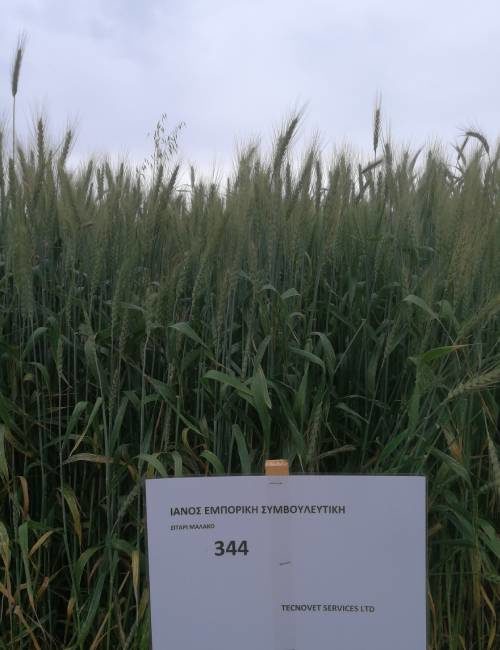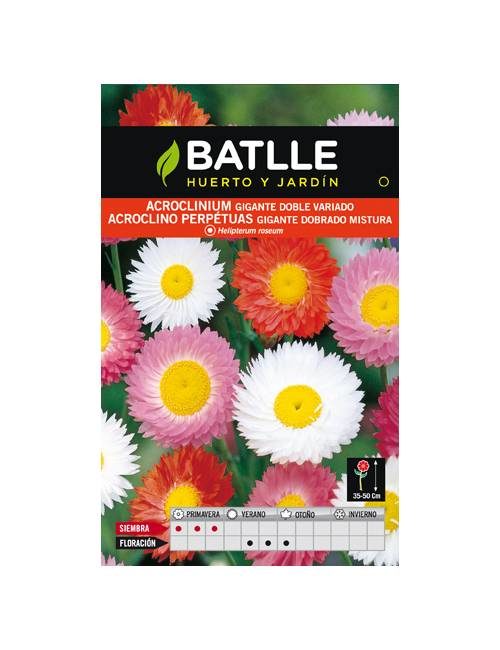-
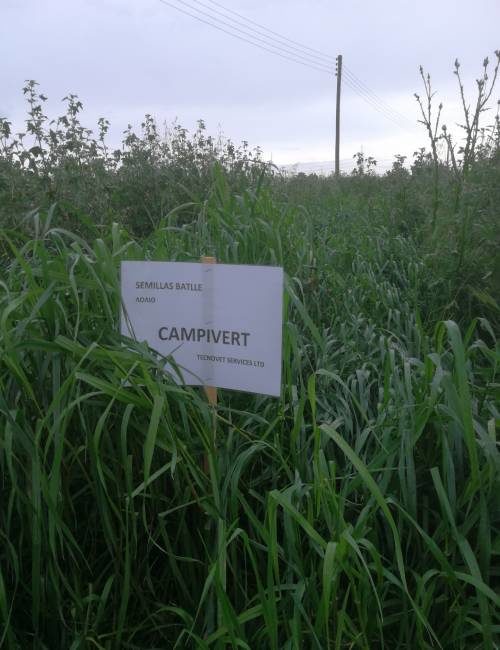 It belongs to the new generation of Westerwoldicum ryegrass. Obtained by Semillas Batlle, it has been included in the List of Spanish Commercial Varieties in 2001. It is distinguished by its excellent performance in tests, great adaptability, good yield and quality.
It belongs to the new generation of Westerwoldicum ryegrass. Obtained by Semillas Batlle, it has been included in the List of Spanish Commercial Varieties in 2001. It is distinguished by its excellent performance in tests, great adaptability, good yield and quality.MAIN FEATURES:
Quick implantation with excellent performance in autumn, though if planted in spring also gets high yields. This new variety features for its excellent yields. In our tests exceeded by 10% the most popular current varieties. In autumn exceeds by 8% the production of the witnesses and in spring by 12%. In the official registry tests it has behaved as the most productive variety in the last two campaigns.- Good resistance to rusts and Xanthomonas. Acceptable cold resistance..
- Not too susceptible to lie down. High dry matter content. Good sustainability within its group. Excellent root system that improves the organic matter content of the soil.
- Number of grains per gram: 350-400. Seeding rate: 30-40 kg/ha.
-
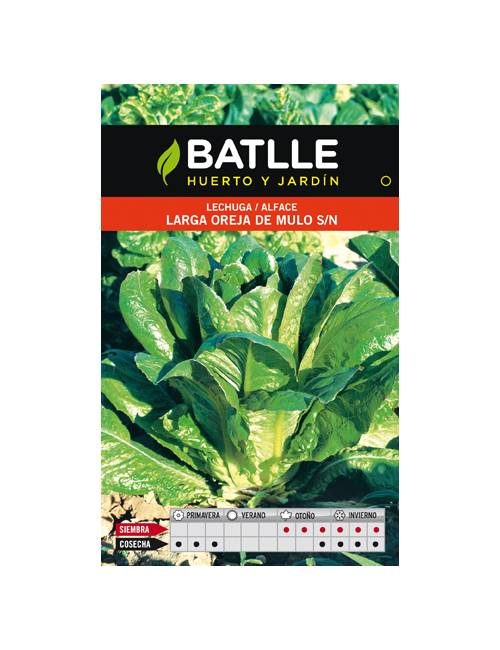 Very strong variety which is well adapted to different soils. Good quality, compact, thick heart, with long, hard, upright, darkish green leaves. Most widely grown of the roman variety. How to grow: Sow throughout the year, preferably from September to February in seedbeds which should be protected for winter sowings. When plants have 3 or 4 leaves, transplant to a distance of 30 x 40 cm. Harvest: Approximately 3 or 4 months after sowing.
Very strong variety which is well adapted to different soils. Good quality, compact, thick heart, with long, hard, upright, darkish green leaves. Most widely grown of the roman variety. How to grow: Sow throughout the year, preferably from September to February in seedbeds which should be protected for winter sowings. When plants have 3 or 4 leaves, transplant to a distance of 30 x 40 cm. Harvest: Approximately 3 or 4 months after sowing. -
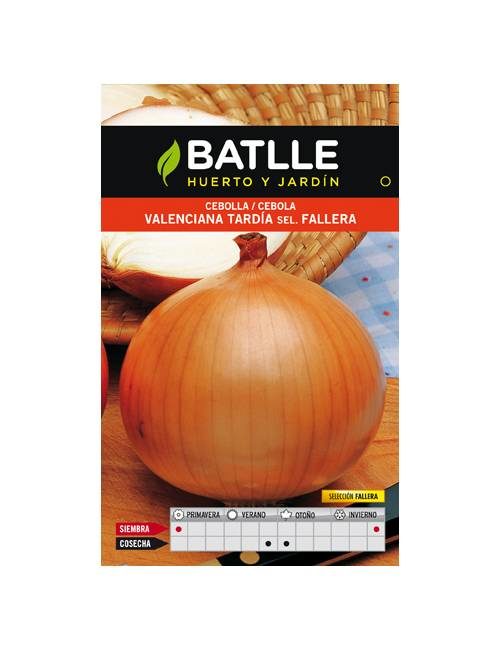 The classic export bulb, and also highly valued on national market as its keeps very well and for its size. Hard, spherical bulbs, well – shaped and sweet tasting. Straw – coloured, copper – toned the outer skin and whitish the inner coats. How to grow: Sow in seedbeds from August to September according to climate. When plants are pencil – thick, transplant to a distance of 40 x 15 cm. Harvest: Bulbs can be harvested in September – October.
The classic export bulb, and also highly valued on national market as its keeps very well and for its size. Hard, spherical bulbs, well – shaped and sweet tasting. Straw – coloured, copper – toned the outer skin and whitish the inner coats. How to grow: Sow in seedbeds from August to September according to climate. When plants are pencil – thick, transplant to a distance of 40 x 15 cm. Harvest: Bulbs can be harvested in September – October. -
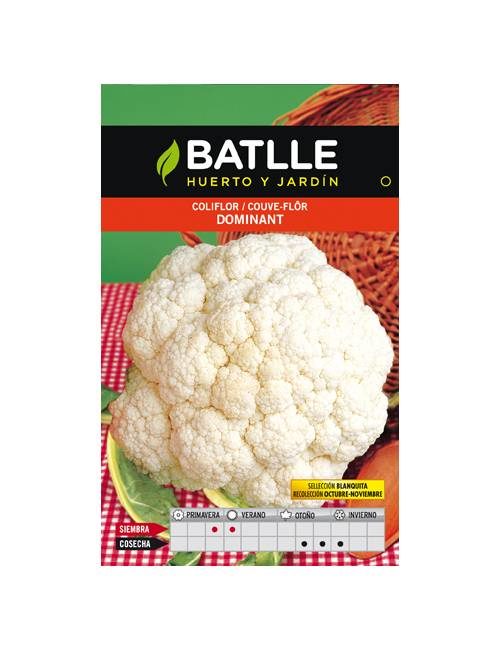 Plant with very dark green, slightly, wavy, uniform leaves. Good-sized, round, white, compact, hard grained heads with short stalks. Keeps well for the market. How to grow: Sow in seedbeds at the end of May and June. Transplant after 30 or 40 days to a distance of 80 x 60 cm. Harvest: From the end of October to December.
Plant with very dark green, slightly, wavy, uniform leaves. Good-sized, round, white, compact, hard grained heads with short stalks. Keeps well for the market. How to grow: Sow in seedbeds at the end of May and June. Transplant after 30 or 40 days to a distance of 80 x 60 cm. Harvest: From the end of October to December. -
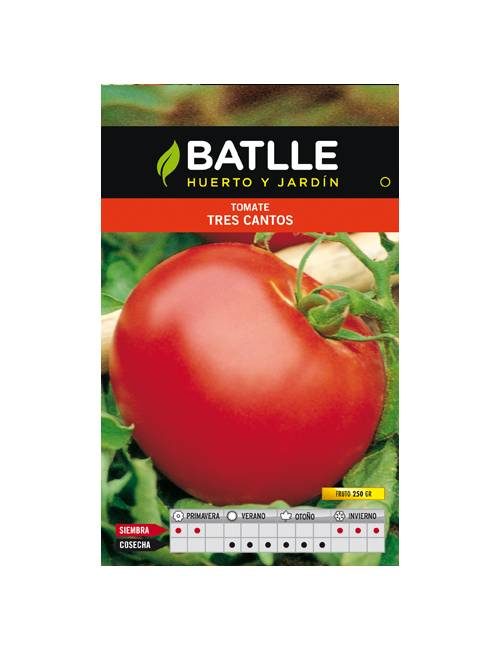 Good yielding, medium cycle plant. Height: 150-170 cm. Very solid, round, uniform-sized fruits. Excellent flavour. How to grow: Sow in hot beds from December to February, directly in open air seedbeds in March-April. Transplant to a distance of 40 x 70 cm. when plants have 3 or 4 leaves. Water frequently and thoroughly when transplanting and when fruits begin to ripen. It is convenient to prune excess stalks and shoots. Harvest: Approximately 3 months after transplanting.
Good yielding, medium cycle plant. Height: 150-170 cm. Very solid, round, uniform-sized fruits. Excellent flavour. How to grow: Sow in hot beds from December to February, directly in open air seedbeds in March-April. Transplant to a distance of 40 x 70 cm. when plants have 3 or 4 leaves. Water frequently and thoroughly when transplanting and when fruits begin to ripen. It is convenient to prune excess stalks and shoots. Harvest: Approximately 3 months after transplanting. -
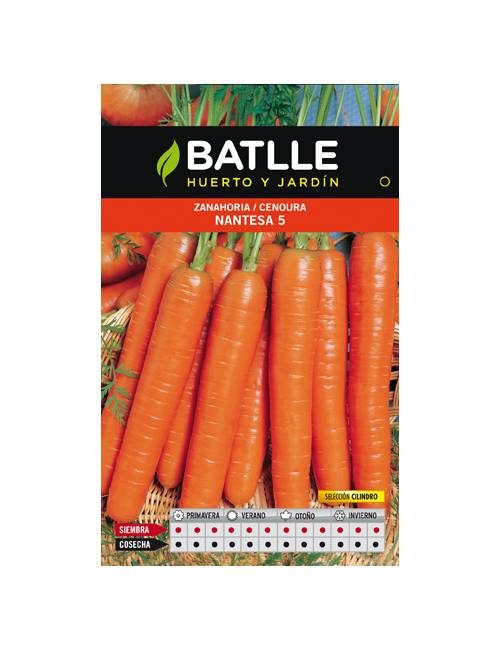 Excellent variety, improved by our company, cylindrical, uniform shape with a flat tip. Bright orange, thin-skinned, exempts of hard core, sweet flavour hardy and do not push above the ground. How to grow: Sow throughout the year, preferably from February to May. Scatter or sow in rows 40 cm. apart. Clear to 10 cm. apart. Harvest: Approximately 3 or 4 months after sowing.
Excellent variety, improved by our company, cylindrical, uniform shape with a flat tip. Bright orange, thin-skinned, exempts of hard core, sweet flavour hardy and do not push above the ground. How to grow: Sow throughout the year, preferably from February to May. Scatter or sow in rows 40 cm. apart. Clear to 10 cm. apart. Harvest: Approximately 3 or 4 months after sowing. -
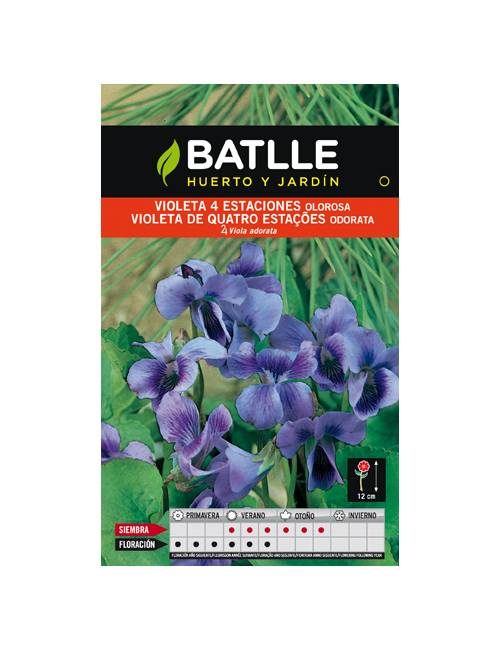 SUNSET VIOLET (VIOLA ODORATA) How to sow: In summer and autumn. To be sown superficially in final location or for transplant. Directly, clear the young plants at 20 cm distance, if with transplant at the same distance. In warm climates it is to be kept shady in summer. Flowering: In spring and summer. Use: In borders, pots and as cut flowers.
SUNSET VIOLET (VIOLA ODORATA) How to sow: In summer and autumn. To be sown superficially in final location or for transplant. Directly, clear the young plants at 20 cm distance, if with transplant at the same distance. In warm climates it is to be kept shady in summer. Flowering: In spring and summer. Use: In borders, pots and as cut flowers.

